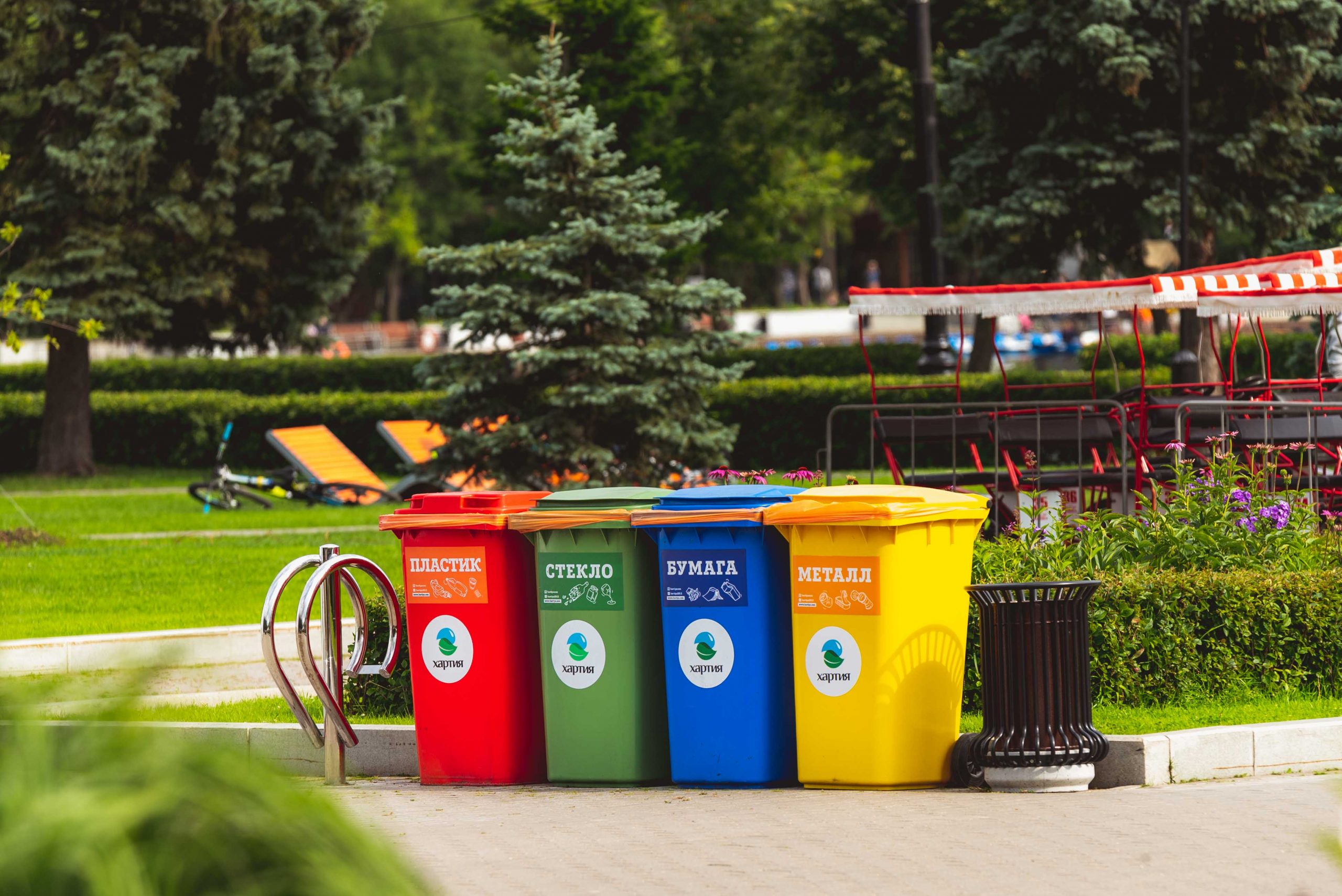Biofuels are incredibly environment-friendly, affordable, and easy to make. Since they provide an alternative energy source, they play a major role in helping to ensure that the world does not experience disastrous fuel shortages. Therefore, if you decide to switch to using biofuels, you will be helping to not only make the environment cleaner, but also create a sustainable environment for future generations.
However, currently, it is not enough to just use biofuels. One can always go a step further. Instead of just being a consumer of biofuel, you can also make it. One of the easiest ways to do this is to simply synthesize it from an existing oil. While this process is usually easy and simple to follow, there are a few things that you should keep in mind.
Use chemical-resistant safety gear
The process of synthesizing biofuels involves the use of corrosive chemicals. Some of the chemicals you may have to come in contact with include potassium hydroxide, glycerin and methanol. These chemicals cause irritation, and can even burn you. Therefore, it is imperative that you take measures to protect yourself from these chemicals.
Before starting the synthesis process, you should ensure that you wear a chemical-resistant apron, great chemical splash goggles, and rubber gloves that can withstand the corrosiveness of any of the chemicals that you will be using. Doing so will go a long way towards protecting you from chemical burns and chemical-induced irritation.
Wear heat-resistant gear
The synthesis process normally involves working with heated oil. Any accidental spills of this oil will scald you. They can also be life-threatening. Therefore, it is imperative that you exercise the utmost care when handling the oil. Making sure that you switch off the heat source before handling the oil, and getting rid of any obstacles that can trip you, will also go a long way towards keeping you safe.
However, being careful is not enough. You need to wear heat-resistant safety gear that will keep you safe in case of an accident. Wearing heat-resistant gloves is a good start. Boots that are moisture-proof, and that can protect you from hot oil spills will also help. Also, it is recommended that you always wear long-sleeved clothing for added protection. Any other garment that covers your entire body, will also help to protect you from scalding.
Check local and state regulations on glycerin disposal
Some methods of manufacturing biofuel create glycerin as a by-product. Since the rules with regard to glycerin vary from state to state, it is always recommended that you check to confirm the guidelines in your state. You should follow these rules so as to avoid breaking the law. But unless the law in your state or your local jurisdiction prohibits doing so, you should be able to flush the glycerin down the drain. The only thing that you should keep in mind is that it is always recommended that you use large amounts of water in cases you opt to dispose of the glycerin by flushing it down the drain.
Instead of disposing of the glycerin, you can also choose to use it as a raw material in the making of soap. If this is something that you choose to do, the first step should be to get rid of any methanol in the byproduct. Evaporating or distilling the methanol from the byproduct is a straightforward procedure, with the only precaution being that you should ensure that you carry out the process in an area that is properly ventilated.
Taking part in the production of biofuels is more than a fun and interesting activity. It is something that helps to contribute towards reducing the overwhelming dependence on oil. Therefore, no matter how small your operation is, it is always important to remember that you are playing a vital role in making the world a better place, both in terms of decreasing overdependence on oil, and reducing the rate of pollution.











